Petaluma Acupuncture Center
About Me
Joan Plastino
I have been practicing acupuncture and Traditional Asian Medicine for over 30 years. My approach is rooted in the understanding that there is far more to this medicine than acupuncture alone. Asian medicine offers a wide range of therapeutic tools, and within acupuncture itself, there are many distinct styles and techniques. My goal is always to identify the most effective method—whether needle-based or non-needle—to restore the natural flow of energy and improve the function of the body’s internal systems.
For some conditions, cupping may be the most effective; for others, especially pain in more sensitive areas like the hands or feet, laser therapy combined with acupuncture may offer better results. Each treatment is personalized to fit the needs of the individual.
I spent seven years working with individuals in early recovery from addiction. As co-founder of the Community Acupuncture Recovery Project, I provided group acupuncture and nutritional support to address the underlying anxiety, depression, and fatigue so often associated with recovery. This work continues to inform my practice today.
A Closer Look at Joan’s Gentle, Skilled Approach
Curious about what an acupuncture session looks like? Watch Joan in practice as she performs a treatment with care, precision, and calm presence. Joan uses a range of techniques tailored to each person’s needs—always aiming to restore balance and promote lasting relief. Whether you're new to acupuncture or a returning patient, this glimpse offers insight into the thoughtful, healing environment she creates.
Comprehensive Pain Management Experience
I bring extensive experience in pain management, having worked in a variety of multidisciplinary clinical settings for more than two decades. Her background includes work in several Northern California pain clinics, including:
Kaiser Roseville (1998–2001)
Dr. Dennis Chu, Roseville (2001–2006)
Acadia Pain Management with Dr. Michael Tran and Dr. Alan Gruber (2009–2012)
Summit Pain Alliance with Dr. Michael Yang (2012–2013)
Between 2014 and 2021, Joan maintained a private practice, treating a wide range of pain conditions—many through insurance-based care—and expanding into non-pain-related issues for out-of-pocket patients. During this time, she worked extensively with veterans managing chronic injuries, and from 2015 to 2018, treated over a hundred professional rescuers with work-related injuries referred by Dr. Jeffrey Stevenson.
Joan has long integrated dry needling techniques into her practice—well before the term was widely used. This approach involves targeting trigger points and motor points (often overlapping with classical acupuncture points) to elicit a muscle twitch response. This neuromuscular effect shortens and then lengthens the muscle fibers, offering deep relief for certain types of pain. While some cases benefit from this direct, muscular approach, others respond more effectively to holistic acupuncture, which regulates the nervous system and internal stress response.
Her treatments are always tailored to the patient. For some, cupping, laser therapy, moxibustion, or bodywork may be more effective. Joan also emphasizes postural assessment and alignment, as chronic pain is often rooted in long-standing movement patterns and habits. Addressing these underlying contributors is key to long-term pain resolution.
Acupuncture for Immune Support & Cancer Care
In 2020 and 2021, I deepened my focus on immune health through graduate studies in Integrative Health and Wellness at the University of Maryland. This advanced training, combined with over three decades of clinical experience, continues to inform my approach to immune-related conditions and supportive oncology care.
According to the National Institutes of Health, acupuncture has been shown to help regulate immune function and alleviate side effects associated with cancer treatment, including fatigue, nausea, dry mouth, anxiety, peripheral neuropathy, and joint pain—particularly in patients taking aromatase inhibitors. Rather than simply “boosting” the immune system, acupuncture promotes immune regulation, which is especially important for individuals with autoimmune conditions, where balance—not stimulation—is the goal.
In 2020, I was hired by Queen of the Valley Medical Center in Napa to provide acupuncture twice weekly for patients undergoing or recovering from chemotherapy. I recommend a series of ten treatments spaced before, during, and after chemotherapy and/or radiation to support the body’s resilience and reduce treatment-related symptoms.
For those receiving acupuncture for immune support, other concerns—such as pain, stress, or digestion—can be addressed within the same course of care, supporting the whole person through an integrative and personalized approach.





